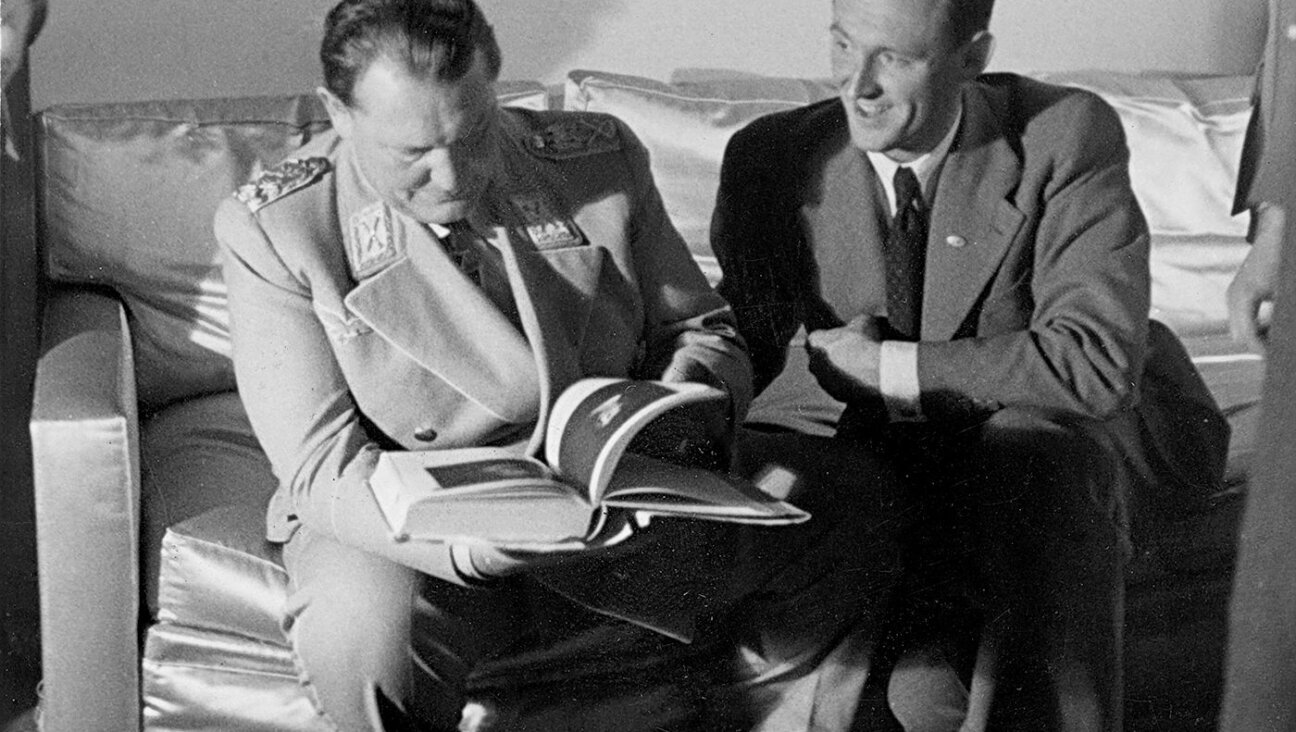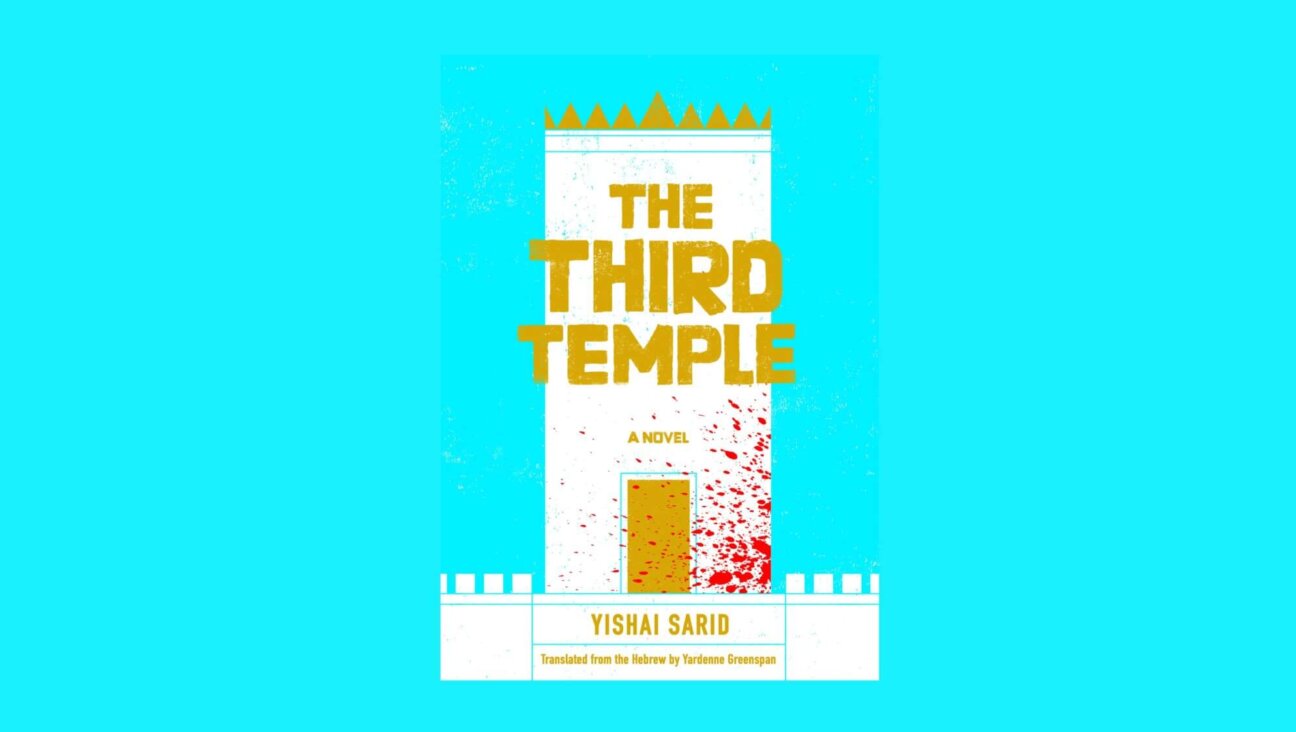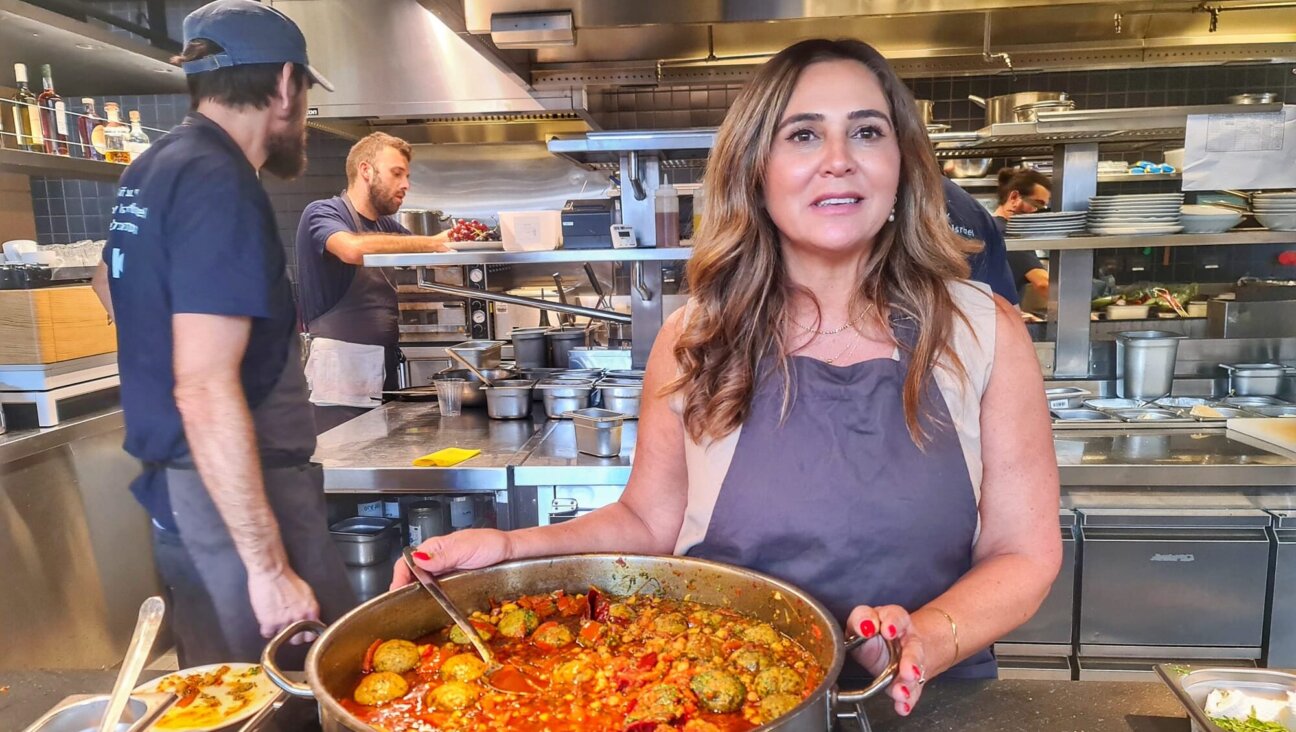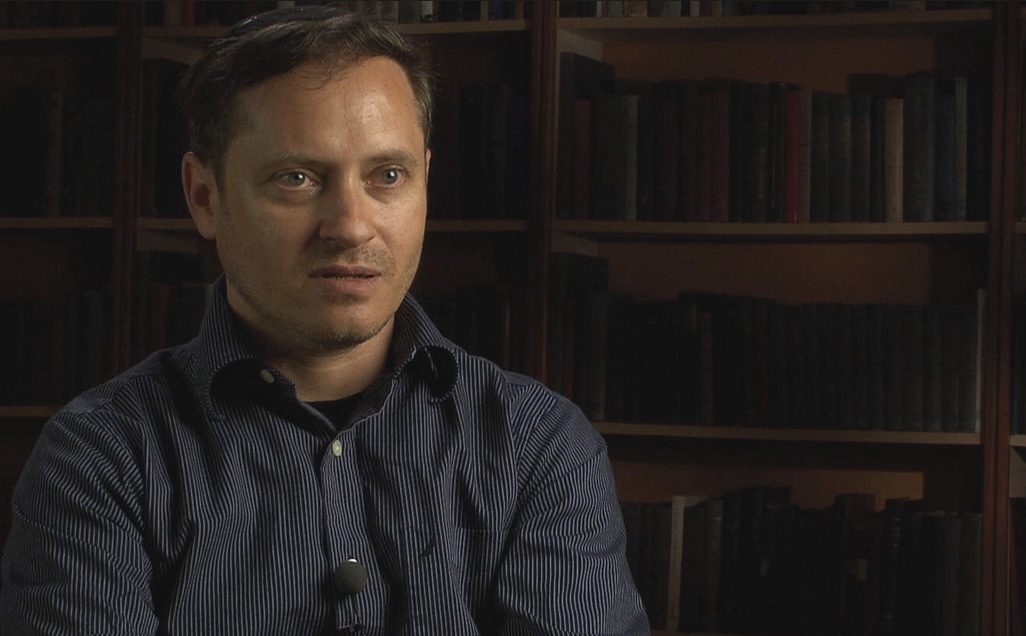Our God and God of our Children?
Contemporary American Judaism: Transformation and Renewal
By Dana Evan Kaplan
Columbia University Press, 480 pages, $34.50.
Orthodox Jews in America
By Jeffrey S. Gurock
Indiana University Press, 400 pages, $65.00 (hardcover), $24.95 (paperback).
Since the end of World War II, Dana Evan Kaplan argues in “Contemporary American Judaism,” “not only have the style and substance of the activities that we associate with American Judaism changed, but so has the way that American Jews understand their religious identity.” While all Jews, whatever their degree of observance, used to know pretty much what being Jewish was all about, today, in Kaplan’s words, “nothing is for certain and everything is possible.”
The bulk of American Jewry in the 1950s felt its Jewishness primarily in ethnic terms: the immigrant parents or grandparents, the Jewish neighborhood, the historical memory of persecution capped by the horrors of the Holocaust. Still unsure about their acceptance into American society, Jews masked this group identity in religious guise — as sociologist Will Herberg famously noted at the time — since in American eyes, religion but not ethnicity furnished legitimate grounds for minority distinctiveness.
But the denominational religious structure whereby American Jewry organized itself began to crumble as the emerging baby-boomer generation, totally at home in America, found suburban synagogue life — the proxy for Jewish ethnicity — dull and hypocritical. This disintegrative process has reached the point (aided by the current economic downturn) that predictions of the collapse of Conservative Judaism, not too long ago the largest and most self-confident denomination, are now commonplace. Some observers suggest that its remnants will amalgamate with Reform, Reconstructionism and other tendencies to form some kind of post-denominational Judaism.
Kaplan shows how Jewish ethnic feeling, preserved temporarily through Holocaust remembrance and pride in the State of Israel, has eroded among younger American Jews. The traditional taboo on intermarriage — the ultimate tool for maintaining individuals within group boundaries — is today hardly encountered outside Orthodox circles. Jews, whether intermarried or not, tend to relate to things Jewish on their own terms: A Jewish practice or Jewish involvement will be taken on only if it has personal meaning for the individual, and, conversely, a cause or avocation with no Jewish roots will be portrayed as Jewish if Jews develop an enthusiasm for it.
Kaplan, who has seen much as a pulpit rabbi in several communities, skillfully portrays the wide variety of untraditional, often idiosyncratic, ways of “doing Jewish.” In his book, we encounter not only the expected Jewish feminists and gay rights activists, but also the Eco-Kosher Project, which reinterprets the Jewish dietary laws as ways to defend the environment; Hebrew tattooers, who identify Jewishly by tattooing themselves (a sin, according to biblical law) with Hebrew letters; bar/bat mitzvahs where the Torah scroll is taken out of the ark and, rather than read, simply handed, to parents and grandchild from grandparents and then returned to the ark; the celebration of Chrismukkah, an amalgam of Christmas and Hanukkah for intermarried families; a “Bring Your Pets” Sabbath prayer session, and Yom Kippur services featuring yoga, “a disco breakfast” and “creative dance.”
Kaplan is especially fascinated by the contemporary interest in “spirituality,” a vague (to some, vacuous) term for seeing life as a “journey” or “quest” in search of transcendence. That he is correct in emphasizing its growing importance is clear from a recently released study, “How Spiritual Are America’s Jews?” sponsored by Synagogue 3000 and reported on in the Forward (April 17).
But Kaplan is perplexed by his own findings, and wonders — as will many of his readers — whether a Judaism that sanctifies the individual journey toward self-actualization at the expense of collective Jewish consciousness has anything in common with historical Judaism or is capable of being passed on to future generations. In his final paragraph, Kaplan cautions us with the words of Martin Buber, who wrote that for a Jew, “the past of his people is his personal memory, the future of his people his personal task.”
While Buber was not an Orthodox Jew, the sense of linkage to the past and future of the Jewish people remains a central tenet within Orthodox Judaism. Kaplan, in fact, notes that Orthodoxy remains an exception as the only American Jewish group that still advocates an “essentialist” religious posture, insisting that something called “Judaism” exists apart from the subjective experiences of individual Jews. But Orthodox Judaism itself is hardly monochromatic, as demonstrated in Jeffrey Gurock’s path-breaking new study, “Orthodox Jews in America,” the first-ever scholarly history of American Orthodoxy.
One issue that has historically split the Orthodox, Gurock shows, is how to relate to non-Orthodox Judaism. Some have used the principle of peoplehood to argue for cooperation across denominational lines; others have barred any such activity, on the ground that it “legitimizes” heterodox groups, while yet others distinguish between secular Jewish causes such as fighting antisemitism, where cooperation with the non-Orthodox is acceptable, and religious matters, where the Orthodox should go it alone.
Another internally divisive issue is how to deal with the societal and ethical questions raised by the experience of modernity, including the challenge that individual self-fulfillment poses to traditional group norms. The book sensitively portrays the struggles to reconcile ancient Jewish texts with contemporary feminism, for example, and highlights the pioneering role of Rabbi Avi Weiss, whose synagogue Gurock attends, in developing an approach that Weiss has coined “Open Orthodoxy.”
Surprisingly, perhaps, there has never been a consensus within the Orthodox community even about religious observance. Gurock shows conclusively that until the recent ascendancy of so-called right-wing or “fervent” Orthodoxy, which demands total adherence to Jewish law, only a minority of American Jews who considered themselves Orthodox even attempted to observe all its strictures. The usual situation was the one Gurock recalls from his childhood in the Parkchester section of the Bronx, where although just the rabbi and his wife were fully observant according to today’s Orthodox standards, and almost all the congregants violated the Sabbath, a common reverence for the tradition and love for “the warmth that emanated from shuls and religious practices” made everyone want to affiliate with Orthodoxy.
This book has its shortcomings. Gurock offers no definition of Orthodoxy, and it is sometimes unclear whether he is referring to traditional Jewish practice or to the self-conscious anti-Reform ideology that arose in 19th-century Europe. Furthermore, his almost exclusive focus on social and institutional history neglects the world of ideas: Even the deeply influential thinker Rabbi Joseph B. Soloveitchik comes off as little more than an elusive, chameleonlike presence who can be quoted on every side of controversial issues. And Gurock’s obvious lack of empathy for the more rigorous, anti-modernist Orthodox elements leads him to omit two important recent trends in Orthodoxy that are quickly widening the gap between it and the rest of the American Jewish community — its increasingly conservative voting pattern and the growing influence, even control, that Israeli Orthodox figures have come to exert over its policy positions.
According to Kaplan, we may be entering an era of “dual denominationalism” in which Orthodox and non-Orthodox forms of Judaism espouse “different basic beliefs and values, different normative practices, and different definitions of who is a member of their religious group.” Whether such a schism comes to pass will depend largely on how the crosscurrents within American Orthodoxy resolve themselves, and thus, paradoxically, the future of Jewish America may rest on the balance of forces within its seemingly most homogenous group.
Lawrence Grossman is editor of the American Jewish Year Book.
A message from our CEO & publisher Rachel Fishman Feddersen

I hope you appreciated this article. Before you go, I’d like to ask you to please support the Forward’s award-winning, nonprofit journalism during this critical time.
We’ve set a goal to raise $260,000 by December 31. That’s an ambitious goal, but one that will give us the resources we need to invest in the high quality news, opinion, analysis and cultural coverage that isn’t available anywhere else.
If you feel inspired to make an impact, now is the time to give something back. Join us as a member at your most generous level.
— Rachel Fishman Feddersen, Publisher and CEO






















